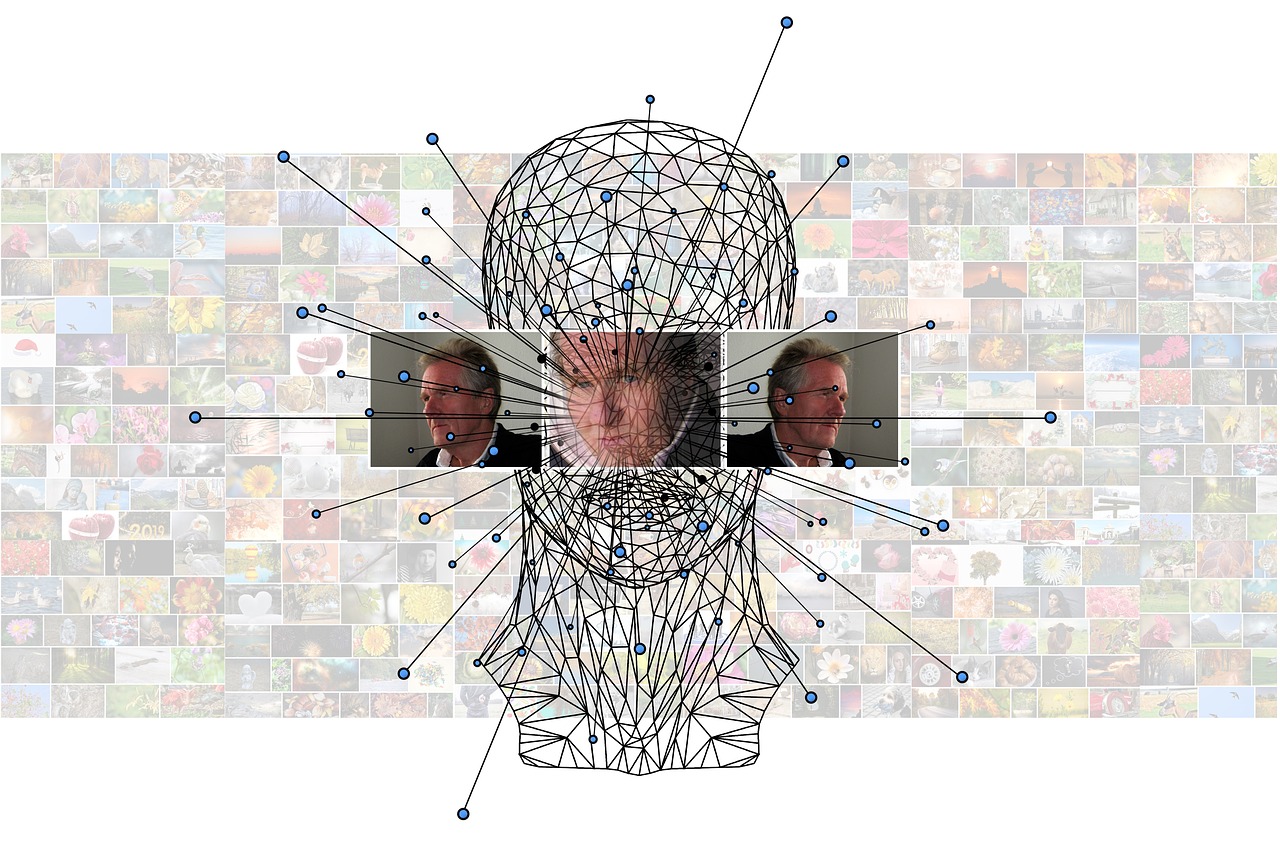(With Japan vs. Overseas Differences, Real Examples, and Rollout Steps)
Meta Overview
- Search intent: Practical ways to turn GPT-5-class AI into real business outcomes
- Readers: Executives, business/operations leads, IT, and individual creators
- Bottom line first: In Japan, defensive goals (labor/mistake reduction) resonate; overseas, offensive goals (revenue/KPI growth) win. Start with a single, templated use case to create proof fast.
目次
- 1 Table of Contents
- 2 1) Why “GPT-5-style” adoption is taking off
- 3 2) Japan vs. Overseas: what’s actually different?
- 4 3) High-yield use cases (practicality A/B/C)
- 5 4) Six number-driven examples (copy-pastable requirements included)
- 5.1 4-1. Japan #1 — Manufacturing supplier: Forms DX bot
- 5.2 4-2. Japan #2 — Construction: Voice → daily report
- 5.3 4-3. Japan #3 — Cross-border EC: Multilingual product pages
- 5.4 4-4. Overseas #1 — D2C brand: Real-time CS copilot
- 5.5 4-5. Overseas #2 — SMB SaaS: Outbound automation
- 5.6 4-6. Overseas #3 — Edu YouTube: Long-form → shorts factory
- 6 5) 90-day path to production
- 7 6) KPI design & a simple ROI model
- 8 7) Risk, compliance & audit checklist
- 9 8) Common pitfalls & fixes
- 10 9) FAQ
- 11 10) Summary: your next step
Table of Contents
- Why “GPT-5-style” adoption is accelerating now
- How Japan and overseas differ (purpose, decision-making, UI/ops, data)
- High-yield use cases (practicality matrix A/B/C)
- Six number-driven examples (3 Japan / 3 overseas)
- A 90-day path to production (JP vs. overseas)
- KPI design and a simple ROI model
- Risk, compliance & audit checklist
- Common pitfalls and how to avoid them
- FAQ + copy-paste FAQ schema
- Summary: your next step
1) Why “GPT-5-style” adoption is taking off
- Long-context + reliable tool execution → “Say it → it happens” reaches practical quality.
- Cross-modal understanding (voice / screen / image / video) → Covers the ad-hoc tasks humans used to handle.
- Cooperating micro-agents → Split big jobs into parts to balance quality and speed.
- Matured permissioning & audit patterns → Safer adaptation to company/field data.
2) Japan vs. Overseas: what’s actually different?
2-1. Purpose & proof points
| Viewpoint | Japan | Overseas (US/EU) | Where GPT-5 fits |
|---|---|---|---|
| Primary goal | Defense: reduce waste & errors, de-depersonalize | Offense: revenue, KPI uplift, faster experiments | JP: forms/ledger DX, Excel modernization, voice→reports · US/EU: CS/Sales copilots, video localization |
| Proof | Time saved × wage, auditability | Revenue KPIs (AHT/ARR/CVR) | Switch “language” by region in proposals |
2-2. Decision-making & UI
| Viewpoint | Japan | Overseas | Design implications |
|---|---|---|---|
| Approval style | Consensus & dual confirmation for high-risk actions | Local discretion + accountability logs | JP: human final click on high-risk · US/EU: evidence links pinned at top |
| UI tone | Polite, many confirmations, template-driven | Direct, Conclusion → Evidence; free text then normalize | Maintain region-specific UI variants |
2-3. Data placement & integrations
| Viewpoint | Japan | Overseas | Implementation key |
|---|---|---|---|
| Data posture | Closed network/on-prem, least privilege | Cloud/API-first with DPA | JP: on-device/inside-perimeter option · US/EU: full API use + PII minimization |
3) High-yield use cases (practicality A/B/C)
Scoring basis: model dependence, integration difficulty, compliance, operations (approvals & accountability)
| Use case | Japan | Overseas | Notes |
|---|---|---|---|
| Forms/ledger DX (invoices/PO/approvals) | A | B → becomes A if you add collections/credit steps | Japan’s approval culture aligns well |
| Excel/VBA modernization | B | B | Build a 20–50 case evaluation suite |
| Voice → daily reports (construction/care/education) | B | B | Proper entity dictionary helps a lot |
| Screen-operation agent (RPA for non-engineers) | B | B | Resilient selectors + image fallbacks |
| Meeting notes → approval draft | B | B | Block incomplete critical fields + cite sources |
| Cross-border EC localization | A | A | Use glossary/blocked terms for brand tone |
| CS copilot | B | A | Refund/discount always human-approved |
| Outbound sales automation | B | A | Enforce a personalization threshold |
| Video localization & shorts | A | A | Style guide + human rights check |
| Legal/compliance research | B | B | Mandatory citations + counter-evidence |
| Vision → in-store ops (retail/food) | C | C | Start as PoC |
4) Six number-driven examples (copy-pastable requirements included)
4-1. Japan #1 — Manufacturing supplier: Forms DX bot
- Context: 500 invoices/PO per month, two staff doing manual entry & emailing
- Solution: PDF/JPG → field extraction → accounting/ERP API → email draft → audit log with source PDF link
- Human in the loop: Mandatory final click on amount/recipient/delivery date; review fields with confidence < 0.9 (10–15% exceptions)
- Results (1 month): 6→1.5 min per doc → 37.5 h/month saved (¥1,800/h ≈ ¥67,500/month), transfer errors → 0
- Minimum stack: OCR+structuring / accounting API / mail API / replayable audit DB
- Mini spec
Extract {customer, date, item, qty, unit price, tax, total} with confidence & source coordinates. Amount/recipient/delivery date require human final confirmation. After posting, attach original-file link & operation log ID to the email draft.
4-2. Japan #2 — Construction: Voice → daily report
- Context: 30 field staff; after-hours form filling causes delay & omissions
- Solution: Dictation + photos → summary, hazard flags, material shortage extraction
- Results: 10→2 min per person/day → 80 h/month saved (≈ ¥144,000/month); near-miss reports +30%
- Keys: In-house term dictionary; color-highlight low-confidence entities
4-3. Japan #3 — Cross-border EC: Multilingual product pages
- Context: 200 SKUs; EN/ZH/KR updates lag and hurt CVR
- Solution: Generate product copy/size tables/FAQ; enforce glossary & blocked terms for tone
- Results: 20→5 min per SKU → 50 h saved / 200 SKUs; CVR 1.2%→1.5% (+0.3pt)
With 20,000 sessions/month: +60 orders; AOV ¥4,000 → +¥240,000/month (assumption) - Stack: PIM/inventory API → translation + tone guard → CMS update → A/B
4-4. Overseas #1 — D2C brand: Real-time CS copilot
- Context: 6 agents, ~500 contacts/day; shipping/returns dominate
- Solution: Listen to call/chat; propose next action (RMA/replacement/FAQ) with policy citations; refunds human-approved
- Results (1 month): AHT 8.0 → 6.2 min (-22.5%); 500/day × 1.8 min = 15 h/day, → 330 h/month
At $25/h ≈ $8,250/month capacity; license $60/seat × 6 = $360/month - Stack: Zendesk/SFDC; evidence chain log (Question → Evidence → Action)
4-5. Overseas #2 — SMB SaaS: Outbound automation
- Context: 2,000 emails/day; reply rate plateaued
- Solution: ICP → pain-based personalization → send → calendar booking → CRM sync
- Results (model): Replies 1.5% → 3.0% → 660 replies/month (22 days)
Meeting rate 20% → 132 meetings; Close 15% → ~20 deals
Avg ACV $8k → $160k/month new pipeline (pipeline, not closed) - Guardrail: Personalization threshold (≥ 2 verifiable facts) or don’t send
4-6. Overseas #3 — Edu YouTube: Long-form → shorts factory
- Context: 20 long videos/month; overseas watch time stagnates
- Solution: Script → subtitles → 60 shorts → EN/ES/DE subs → 3 thumbnail variants A/B
- Results: 2 h → 20 min per short → 100 h/month saved; +15% watch time with two-language rollout (typical)
- Keys: Style guide; human final check for rights/attribution
5) 90-day path to production
Japan (forms DX / template-first)
- Day 1–14: Collect current forms/Excel → field map → define high-risk actions (amount/recipient/PII/delivery)
- Day 15–45: Screen op + accounting API + mail integration → 20–50 case evaluation suite
- Day 46–75: Pilot (10 users) → learn from errors → replayable audit screen
- Day 76–90: Publish SLA/success rate → auto-generate approval docs → go live
Overseas (revenue KPI-first)
- Week 1–2: Set KPI target (e.g., AHT -20%); define permissions & audit
- Week 3–6: Connect SFDC/HubSpot/Zendesk → evaluation bench
- Week 7–10: Shadow prod; refunds/discounts human-approved
- Week 11–12: Expand pilot → economics review → contract/pricing
6) KPI design & a simple ROI model
Japan (forms DX)
- 2 h/day × 20 days = 40 h/month saved → at ¥1,800/h ≈ ¥72,000/month
- Pricing: ¥5,000–18,000/seat/month or ¥30–120 per execution
- Rough ROI: ¥72,000 ÷ ¥15,000 ≈ 4.8×
Overseas (CS copilot)
- AHT -20%, First-contact resolution +5 pts, escalations -15%
- Pricing: $30–120/seat/month is acceptable when tied to KPIs
7) Risk, compliance & audit checklist
- Citations/evidence: Show source URLs/doc IDs at the top of the screen for important conclusions
- High-risk actions: amount/recipient/PII/refunds need a human final click
- Replayable logs: Who did what, based on which evidence, and when — one-click replay
- Evaluation suite: 20–50 representative cases with ≥95% success and 0 critical failures
- Data placement: JP = closed/endpoint option; US/EU = region-based storage + DPA
- SLA/fail-safes: Timeouts or low confidence → auto-escalate to human
8) Common pitfalls & fixes
- Starting with “we can do everything” → Ship a single template (forms/CS/video) for quick wins
- Double-confirming everything → Limit to high-risk, use sampling audits for minor items
- Summaries without sources → Pin evidence cards at the top for key conclusions
- RPA fragility → Combine robust selectors + image anchors; document manual fallback steps
- New silos → Weekly error-log → rule updates; keep the evaluation suite fresh
9) FAQ
Q1. What actually changes with GPT-5?
A. Longer context and steadier tool calls, cross-modal understanding (voice/screen/image/video), and cooperating agents make “talk-to-operate” truly usable.
Q2. Is this viable for SMEs?
A. Yes. Start with forms DX or cross-border localization—templated areas show ROI quickly.
Q3. What about audits and personal data?
A. Make high-risk actions human-approved, use replayable logs, least privilege, and visible citations. Approvals sail through more easily.
Q4. Do rollout orders differ by region?
A. Yes. Japan succeeds with template-first in frontline ops; overseas wins with revenue-KPI areas (CS/Sales) first.
Copy-paste FAQ schema
<script type="application/ld+json">
{
"@context": "https://schema.org",
"@type": "FAQPage",
"mainEntity": [{
"@type": "Question",
"name": "What actually changes with GPT-5?",
"acceptedAnswer": {
"@type": "Answer",
"text": "Longer context, steadier tool execution, cross-modal understanding, and cooperating agents push 'talk-to-operate' into practical territory."
}
},{
"@type": "Question",
"name": "Is this viable for SMEs?",
"acceptedAnswer": {
"@type": "Answer",
"text": "Yes. Start with templated areas like forms DX or cross-border localization to make ROI obvious early."
}
},{
"@type": "Question",
"name": "What about audits and personal data?",
"acceptedAnswer": {
"@type": "Answer",
"text": "Require human approval for high-risk actions, keep replayable logs, enforce least privilege, and show sources up front to ease approvals."
}
},{
"@type": "Question",
"name": "Do rollout orders differ by region?",
"acceptedAnswer": {
"@type": "Answer",
"text": "Japan tends to succeed with template-first in frontline operations; overseas with revenue-KPI areas like CS and Sales."
}
}]
}
</script>
10) Summary: your next step
- Japan: Start with forms DX or Excel/VBA modernization. Ship with dual confirmation for high-risk, original-file links, and replayable logs from day one.
- Overseas: Start with CS copilot or outbound automation. Lead with KPIs (AHT/ARR/CVR) and A/B test plans.
- For both: build a 20–50 case evaluation suite first; target ≥95% success with zero critical failures.
SEO notes (for implementers)
- Primary keywords: GPT-5 use cases, GPT-5 Japan vs overseas, AI deployment examples, forms DX, CS copilot
- Related: Excel modernization, voice report automation, sales automation, video localization
- Title tag (~60 chars): GPT-5 Use Cases|Japan vs Overseas Differences & Examples (2025)
- Meta description (~160 chars):
Turn GPT-5 into results. Japan vs overseas differences, forms DX/CS copilot/video localization examples, KPIs, rollout steps, and audit tactics—all in one guide.
If you share your industry (construction/care/retail/manufacturing/professional services, etc.) and current systems (accounting/ERP/CRM/EC), I can adapt this into JP & overseas UI wireframes, KPI plans, and approval/audit flows you can implement immediately.








最近のコメント